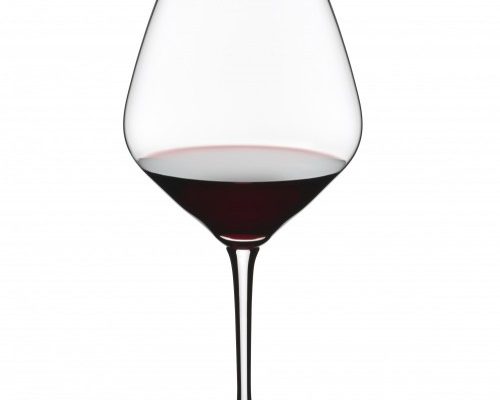What shape and size will the New Zealand wine industry be in 2015? That’s the question the country’s wine body New Zealand Winegrowers has been asking.
The result is a new Vineyard Register, which shows that New Zealand’s wine regions now host 34,269 hectares of vines bearing fruit. To put that figure into context, neighbouring Australia’s surplus vineyard area in 2009 was about the same size as today’s New Zealand industry.
The 2012 vineyard figure is 669ha higher than the last register in 2009, which seems odd. Anyone who has toured the country’s wine regions in the past three years will know that planting has not been on anyone’s mind while the country tried to deal with the fallout caused by a record harvest in 2008, which took the industry by surprise. Winegrowers admits “that most of this [669ha] increase is related to underestimates within the 2009 survey rather than increased plantings in the intervening years.”
Indeed, wineries have been concentrating on opening new markets and increasing sales to deal with increased production rather than putting more plants in the ground. Philip Manson, New Zealand Winegrowers’ general manager for sustainability, explains: “Post-2008 vintage, there was a period that the sector’s supply of wine got ahead of their demand at the time. The focus of most of the sector since that time has been building markets, focusing on value growth. Our vintages subsequent to 2008 have allowed us in large measure to redress the supply demand imbalance, and we have grown markets significantly.”
It was bad news for grape growers, who struggled to find buyers for their fruit post-2008. But what a difference a harvest makes.
After a smaller than predicted 2012 vintage (-18%), the country has rapidly gone from oversupply to undersupply. There have been stories circulating that planting has started up again but we’ll have to wait until Winegrowers undertake a survey of the country’s nurseries in February to find out more about the level of new plantings. Nevertheless, the latest report finds that the industry’s producing vineyard will have increased by just 683ha by 2015.
All the data shows that bulk prices are rising and land transactions are on the rise as supply runs dry. A PWC report published this month stated “given the current supply shortage, wine companies will either seek to acquire more vineyards or enter into longer term supply arrangements to secure their fruit.” This is well illustrated by last week’s purchase of a 2000ha sheep and beef station in Marlborough by Brent Marris of Marisco Vineyards. In a press release, it claimed that its sales were growing at the equivalent of a massive 100ha a year and thus it intends to plant 100ha on the new property in 2013.
It is entrepreneurs like Marris, which continue to make Marlborough the dominant force in New Zealand’s wine industry. The country’s largest region currently accounts for 66 percent of the country’s vineyards. Its dominance is set to remain with 430ha of the estimated 683ha increase based in the Marlborough region. There will be smaller increases in Hawke’s Bay (+97ha), Canterbury (+89ha), Nelson (53ha) and just a 5 hectare increase anticipated in Pinot Noir-producing Central Otago.
On the varietal side, the largest increases will be seen in Sauvignon Blanc and Pinot Noir so don’t expect the pair’s dominance throughout the country to be challenged.
There’s been plenty of interest in ‘alternative’ varieties but from the new figures, they won’t attain any sort of critical mass in the near future. Albarino, for example, has been attracting lots of media interest but there are only 13ha across New Zealand. By 2015, there will still only be 23.8ha – it’s hardly going to be the new Sauvignon Blanc, which will cover more than 20,000ha. Similarly, the nation’s Gruner Veltliner plantings – that many journalists are wetting their pants about – are set to increase by a less than impressive 5ha to 36ha, so don’t get too excited.
Thankfully, the Muller Thurgau plantings are going to dwindle but there are some other interesting varieties on the register that are worthy of being in an oddball section in Jancis Robinson’s new grape bible: Albany Surprise, Breidecker, Osteiner and Seibel all make an appearance.
Kolor, a teinturier (red fleshed variety) is also set for a marginal rise. It will be planted by Yealands Estate to add colour to Sauvignon Blanc. It has already released the first ‘Sauvignoir’ in the domestic market, using Kolor from Chile to bring the red hue to the wine.
But Sauvignoir isn’t going to transform the New Zealand wine industry. By 2015, the vineyard area is going to be slightly larger but the story remains much the same: Marlborough Savvy and Pinot Noir are here to stay.

